Last Reviewed and Updated on June 7, 2022
Japan is a beautiful country with an amazing culture. There are many interesting tidbits about this country that you probably don’t know about. In this post, we cover some of the usual as well as many more unusual facts about Japan so that you can impress your friends and family with what you’ve learned!
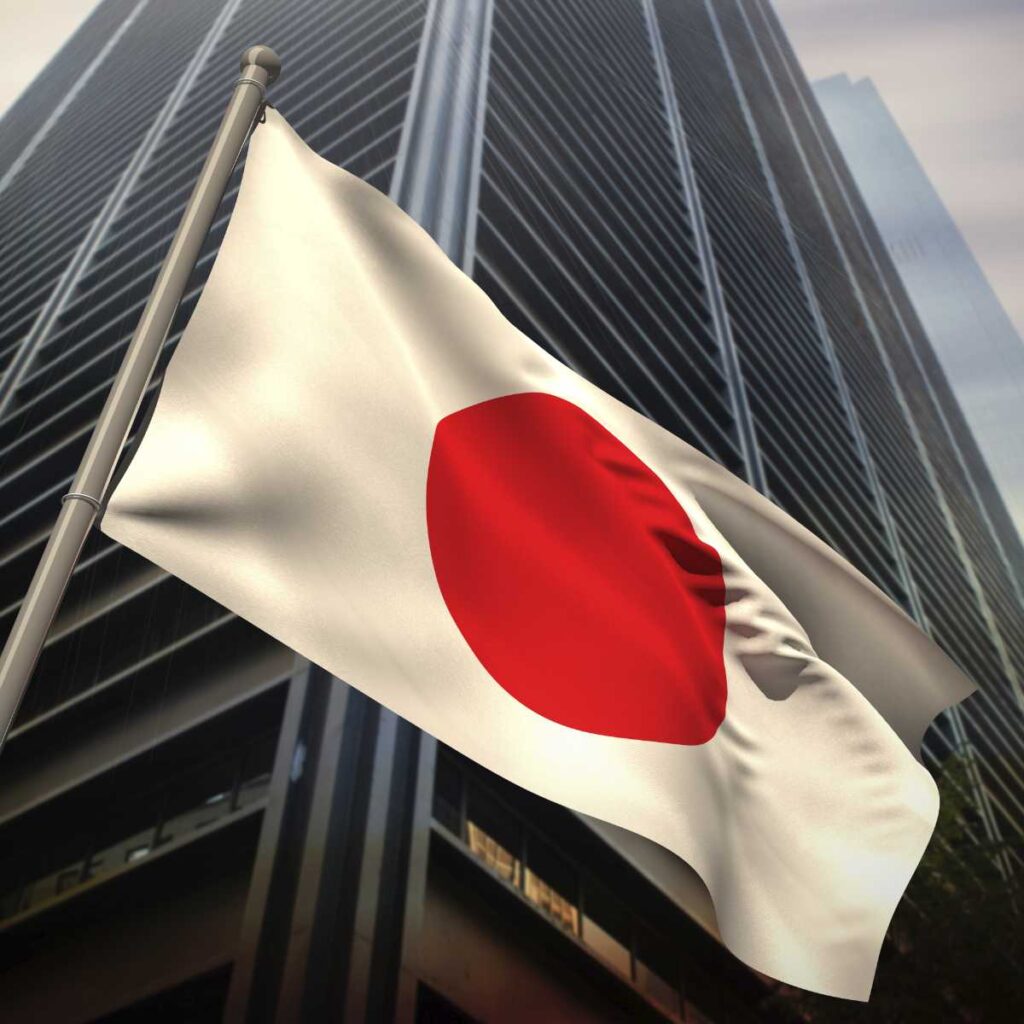
1. Japan is an archipelago of over 6800 islands
We are kicking off this list of facts about Japan with some interesting numbers. You know Japan is an island country. You may even know there is more than one island in Japan. But did you know there are over 6800 islands in Japan?
5 of these islands, the Hokkaidō, Honshū, Shikoku, Kyūshū, and Okinawa Island are considered mainland Japan, while others are its islands.
People live on about 400 islands. Other islands are not inhabited.
2. The Japanese writing system uses 3 different types of script as well as Rōmaji
The three writing systems are Kanji, Hiragana and Katakana. The modern Japanese is a written mixture of all these three systems.
Kanji are pictures representing morphemes (parts of words) and each can have two or even more different ways it can be pronounced.
Hiragana and Katakana are phonetic lettering systems (phonetic alphabet). The main difference between the two is that hiragana is mostly used to represent Japanese words and katakana to represent foreign words.
Romanji is a method of writing, where Japanese words are written down with roman characters. It is mainly used to make things easier for foreigners.
3. Kanji has over 6000 symbols
If you ever thought learning your ABC or even sight words was hard, imagine learning thousands. Kanji has over 6000 different symbols and to achieve basic literacy you would need to learn at least about 2000 of the basic kanji.
Even native speakers mostly don’t know them all.
4. The highest mountain in Japan is Mount Fuji
Mount Fuji, the second largest volcano in Asia is also the highest mountain in Japan.
Its height is measured at 12,389 feet / 3,776 m and it’s located on the island of Honshū.
This mountain is important as a national symbol as well as a place of worship in the past.
One of the most interesting things about Mount Fuji is that it’s an active volcano, which means it erupted in recorded history and is likely to erupt again.
Do you think volcanoes are fascinating? Read our list of cool volcano facts.
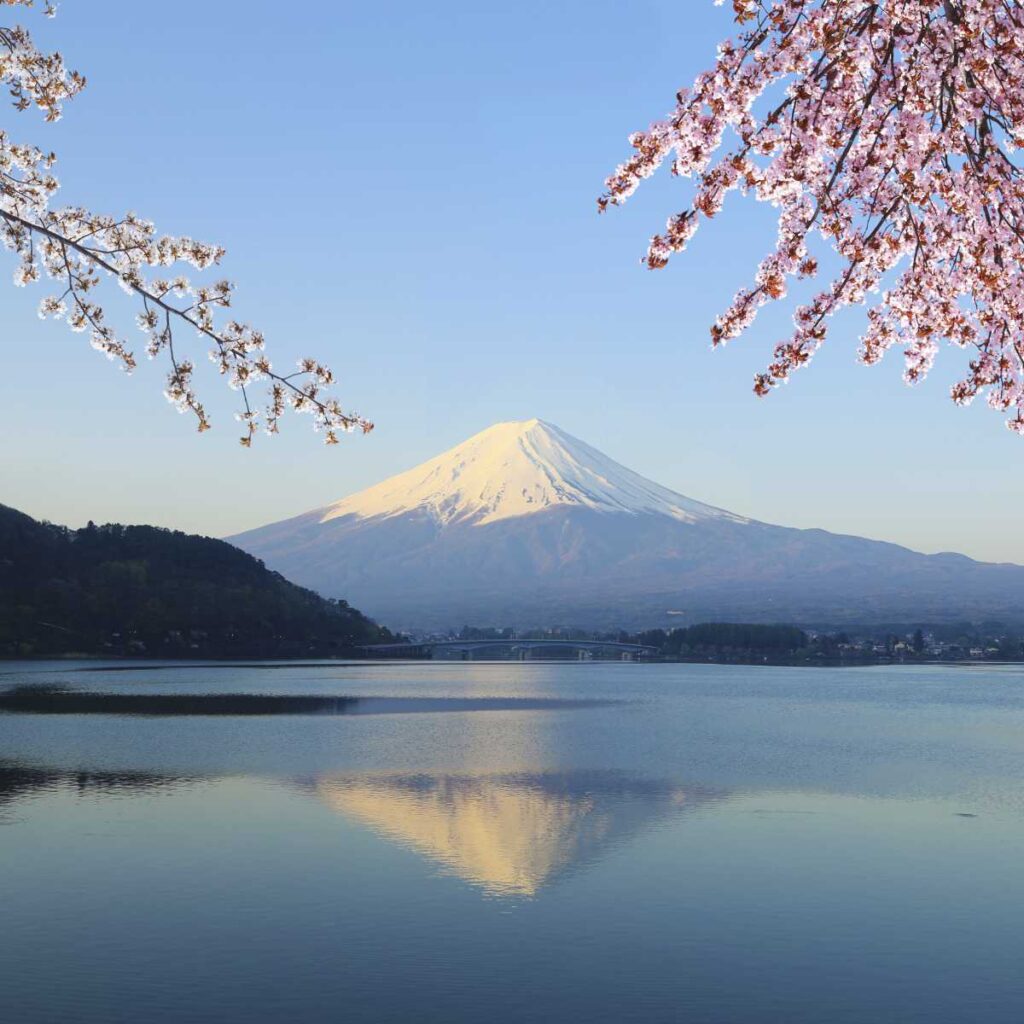
5. Japan has a high number of earthquakes
Due to the geology of the location, Japan has a high incidence of earthquakes and they can be pretty strong. In fact, Japan has more earthquakes than most other countries in the world.
6. Humans lived in Japan since the Paleolithic
This is one of the more surprising facts about Japan, seeing it is an island. Japan was inhabited by humans since the stone age, there are many archeological finds that can be dated to the Paleolithic.
These findings are relatively new. It was previously presumed that humans didn’t live in Japan before the Jōmon period. This period coincides with the Neolithic, a period at the end of the stone age. It was only after the end of World War II that the first archeological site with artifacts from the Paleolithic was discovered. This prompted more archeological research into that era.
7. Japan was closed to most foreigners for two centuries starting in 1635
This might be one of the most surprising facts about Japan, The influence of European culture and trade was strong in Japan before the closure and anti-European attitudes started to form in the ruling class.
What followed was the Sakoku Edict in 1635, a decree enforced by the government, a decree with an intention to eliminate foreign influence in Japan.
The key points of the decree were; that the Japanese people were to be kept within the borders of Japan, Catholicism was forbidden, and there were strict limitations to trade and who and where could trade (with some countries completely cut off).
8. Traditional Christmas dinner in Japan is KFC fried chicken
Fried chicken is the staple Christmas dish in Japan. Christmas isn’t traditionally celebrated in Japan, however thanks to a clever marketing campaign launched by KFC in 1974, fried chicken has become a Christmas traditional dish, gaining popularity year after year. One of the more important facts about Japan, especially if you intend to visit it around that time and you love a traditional Christmas dinner.

9. The oldest company Kongō Gumi is Japanese
Founded in 578, Kongō Gumi. Co. ltd is the oldest continuously ongoing independent business, as well as the oldest known company overall. The company was independent all the way to 2006, when it became a subsidiary of the Takamatsu Construction Group.
10. Sumo is Japan’s national sport
Sumo, a sport originating in Japan, is a martial art with a long history.
This sport involves a lot of tradition and rules. Professional sumo wrestlers lead a very regimented life, regulated by rules dictating their diet, appearance, and many other aspects of their lives.

11. Mangas are Japanese comics and graphic novels
This is one of the facts about Japan that you are probably familiar with. Mangas are graphic novels or comics. They originate from Japan and they are you will easily recognize them by their distinct style. In Japan, the term manga refers to comics and cartooning (individual images in this style) while the term, when used outside Japan, implies a comic published in Japan.
Manga is popular in Japan (and beyond) and people of all ages read manga.
12. Sake is a popular Japanese alcoholic beverage
Sake, the Japanese rice wine, is one of the most known beverages originating from Japan.
It is a national beverage in Japan. They will often serve it in a special ceremonial way.
13. Ikebana is the Japanese art of flower arrangement
It’s a traditional Japanese art dating back all the way to the Heian period (794-1185). Floral offerings were made at altars at that time.
Schools that taught this art were established and Ikenobō is the oldest school for ikebana, it was established in 8th century. Many other schools followed and there are thousands of ikebana schools active today.
An interesting fact about ikebana is that it always has an odd number of flowers. Odd numbers are lucky.
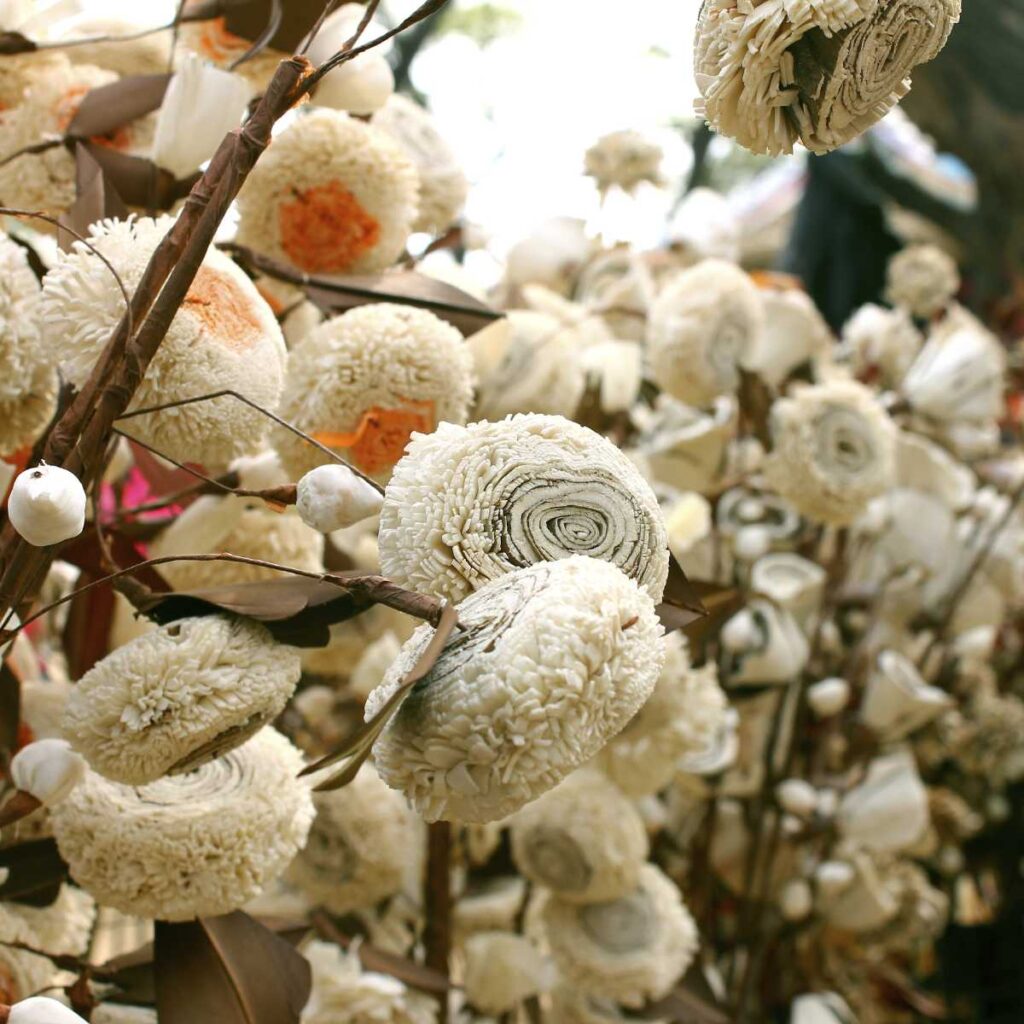
14. The national garment of Japan is the kimono
The kimono is a traditional garment in Japan and is the national dress of Japan. It was worn as an everyday dress and was once the most common type of garment among Japanese people. Today you will mostly see the kimono at festivals (the informal version of the garment) or at formal events.
Geisha, maiko, and sumo wrestlers wear kimonos as part of their profession.
15. Most known Japanese dishes are sushi, tempura, noodles, and teriyaki
We are sure you have heard about if not tried most of these dishes. If you haven’t already we suggest you try some. They may become your favorite.
Here are some delicious food facts about Japan.
Sushi is a dish made out of vinegared rice accompanied by a variety of other ingredients, mostly seafood, and vegetables. These ingredients are usually raw.
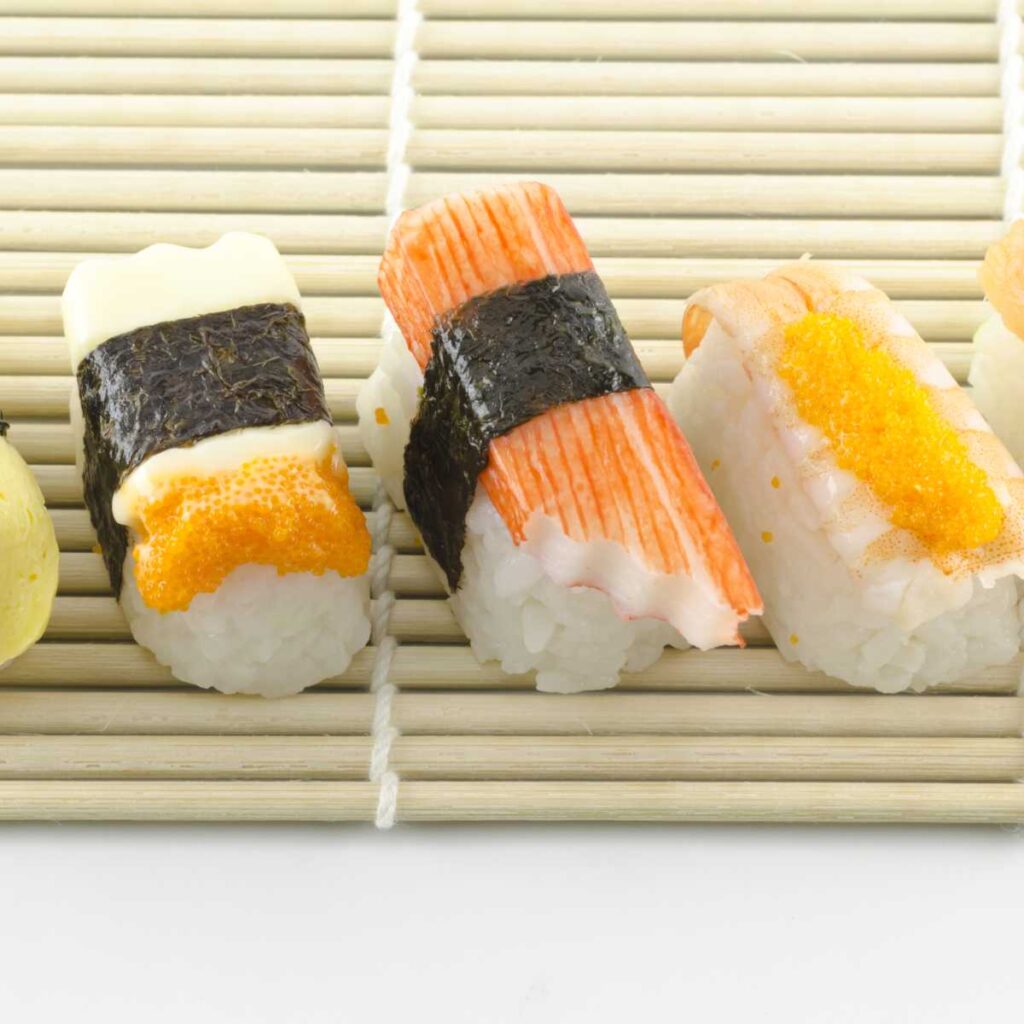
Tempura is food, usually seafood, meat or vegetables, coated in batter and deep-fried. A must try!
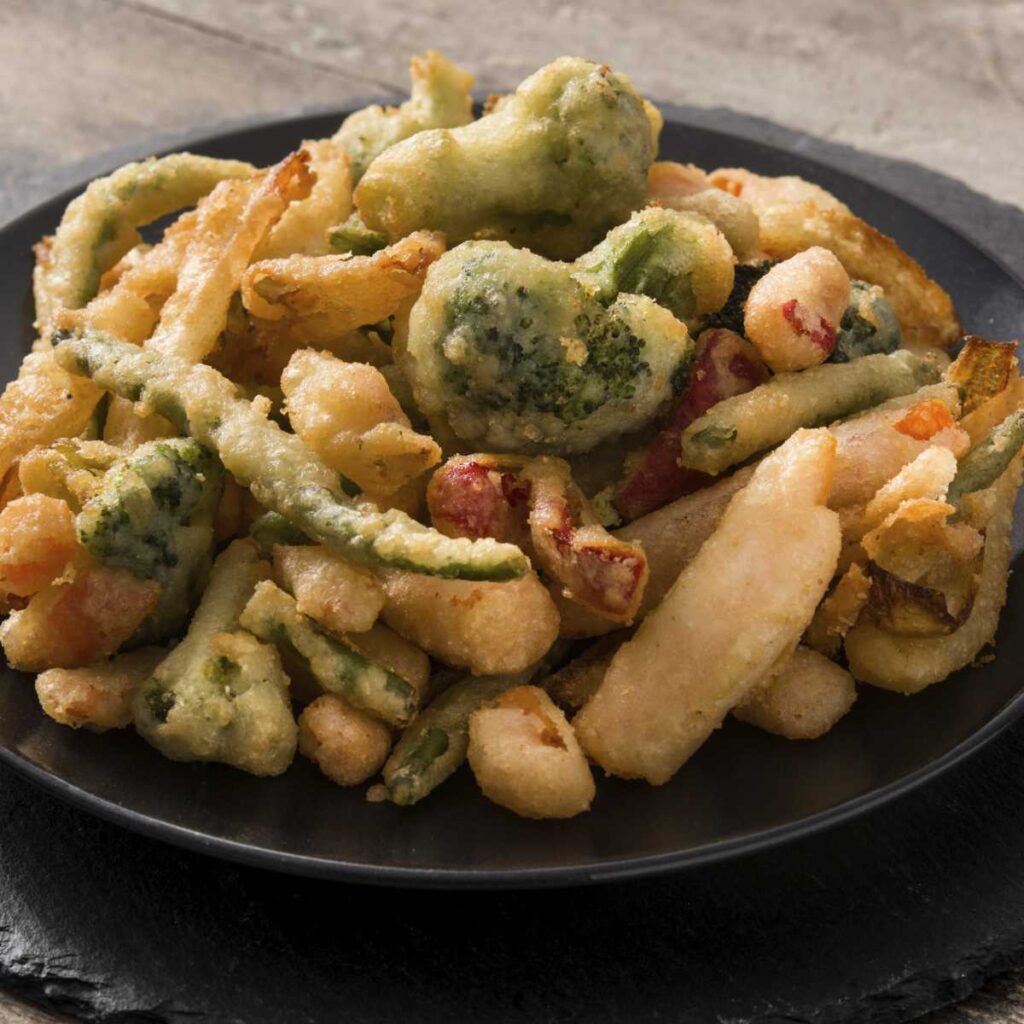
Japanese noodles are thick and chewy wheat noodles, usually served in soup, stir-fried or served with dipping sauces. Yum!
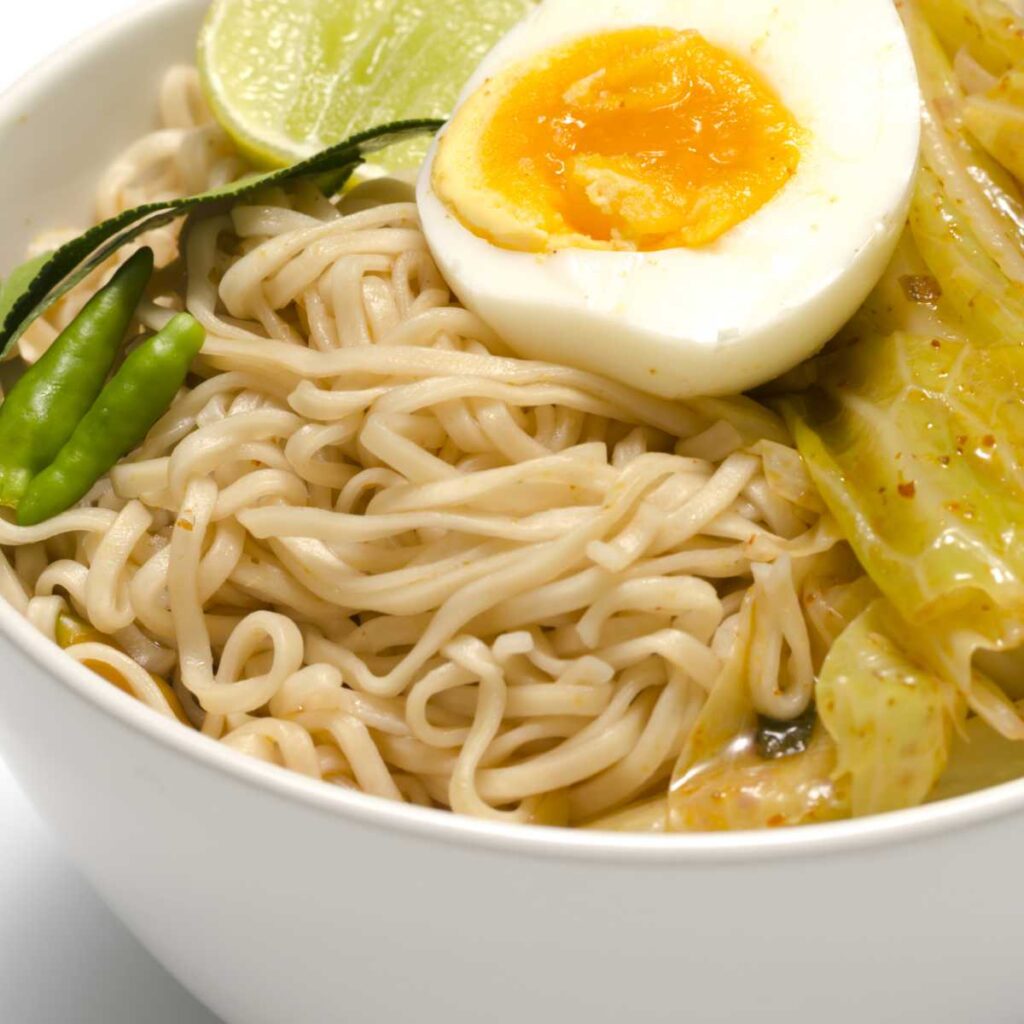
Teriyaki is a cooking technique in which foods are grilled or broiled with a glaze of soy sauce, sugar, and mirin. Delicious!
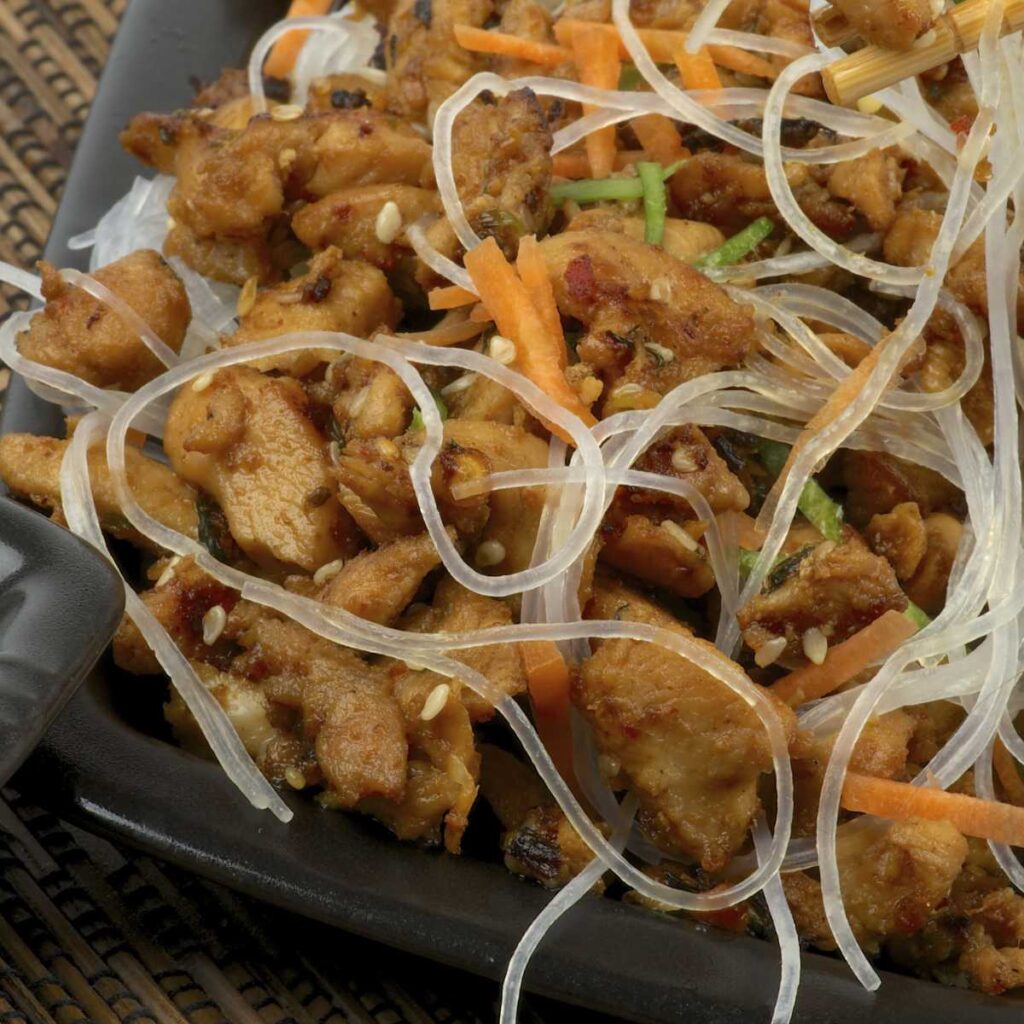
16. Bowing is extremely important in Japan
This is one of the more important facts about Japan, especially if you plan to visit this country. One of the most known features of Japanese etiquette is bowing. It plays an important part in Japanese culture and there are different types of bowing: formal, informal, and very formal.
Things are even more complicated as it isn’t just about the form of the bow. The length, depth, and appropriate response are all important when it comes to bowing.
17. Chopsticks are most common eating utensil
When eating, the Japanese most commonly use chopsticks. As with many other things in Japan, some rules apply when using them. For example, you should not point chopsticks at people as this is rude.
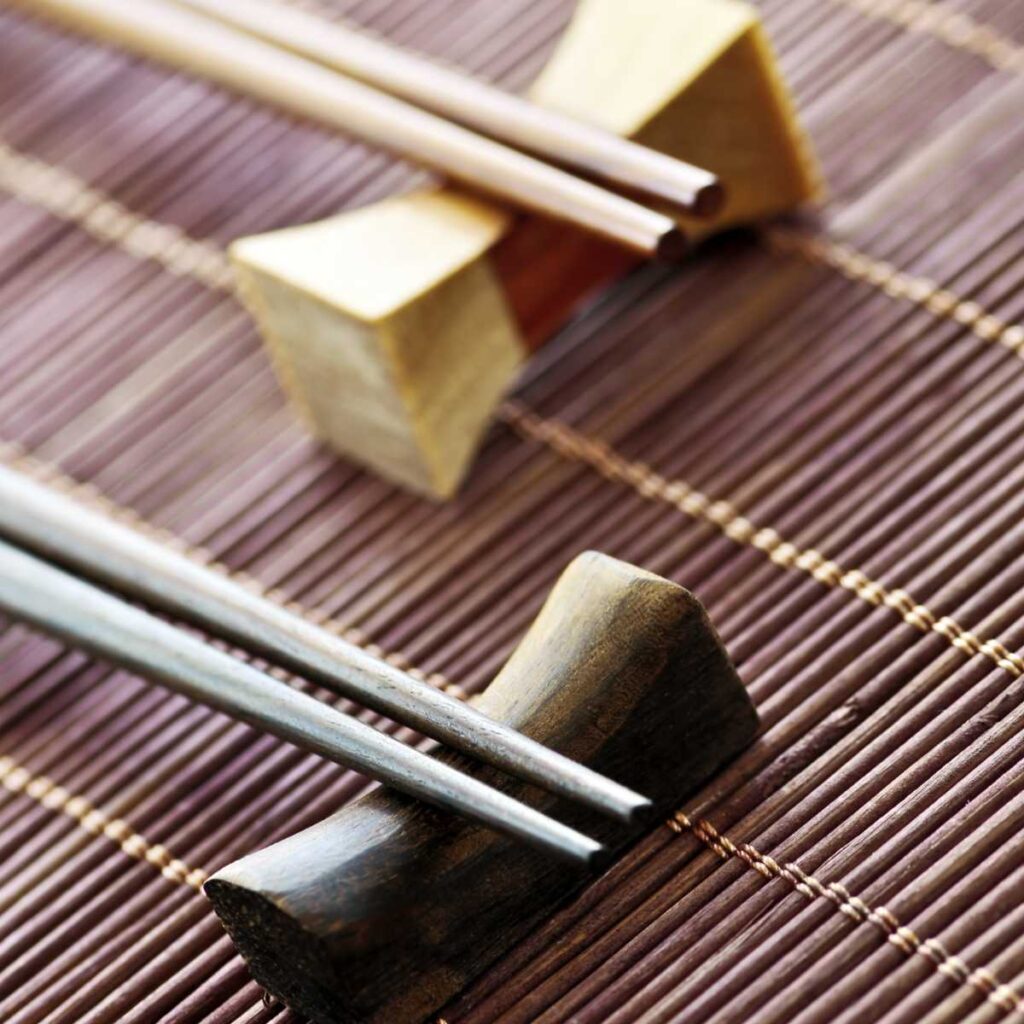
18. Japanese don’t wear shoes inside their homes
It is impolite to not take off shoes before you enter a home. It is also important to leave the shoes in a tidy manner when you take them off.
19. There are two gift-giving seasons in Japan
There are two main gift-giving seasons, one in the summer and one in December.
The Ochugen occurs during summer and the gifts are given as a sign of gratitude.
Oseibo is a gift-giving season in December and gifts are given as a sign of indebtedness.
20. Gifts prominently displaying the number 9 or 4 should never be given
If you are picking a gift for someone in Japan you should avoid items that prominently display the number 4 or the number 9. These two numbers are considered unlucky as their pronunciation in Japan resembles words that have a negative meaning.
They pronounce the number four is as “shi”. They pronounce the word death the same way.
Number 9, they pronounce as “ku”. They pronounce it the same as they do their word for agony and torture.
21. On Valentine’s day, women give chocolate to men
One of the more fun facts about Japan is about V-day. On the 14th of February, many nations celebrate Valentine’s day. Japan celebrates it too. Albeit a bit differently than in most nations. On Valentine’s day, it is a tradition for women to give chocolate to men in their lives.
A month later there is another holiday, called the White day, when men return the favor.
22. Japanese use titles a lot and there are many
You might be used to using Miss, Mr., and Mrs. or a variation of these. But if you are in Japan you will be using quite a few more.
Japanese use honorific suffixes, when referring to the person one is talking to or referring to a person and they depend on the status, relationship, profession, and gender of individuals. Not using them for a person is acceptable when there is a high degree of intimacy or a close friendship between people conversing.
Some of the most common honorifics are; san, sama, kun, chan, tan, senpai, sensei, hakase, dono…
23. You shouldn’t write a letter with red ink in Japan
Unless you want to cut off a relationship with a recipient or don’t wish them well.
The samurai wrote letters with red ink to challenge the recipient to a battle to the death, and this lead to letters written with red ink being perceived as bad. Yikes.
Writing someone’s name in red ink is also a social taboo. Never do it.
25. The Way of Tea is a Japanese tea ceremony
One of the most known ceremonies in Japan is the tea ceremony. It is a traditional Japanese cultural activity. Matcha tea is prepared, presented, and served in a special way.
26. Geishas are a big part of Japanese tradition
Geisha are a class of female Japanese performing artists and are one of the most recognizable features of Japan. These highly skilled women are trained in traditional Japanese performing art styles (dance, music, singing…) and are proficient conversationalists.
27. Samurai were warriors unique to Japan
Samurai were members of the Japanese warrior caste from the 12th to 19th century. They were an elite class of warriors, who performed services for the nobles of Japan. They were formidable looking.
28. Ninjas were covert agents in feudal Japan
Ninjas played an interesting part in Japan’s history. Samurai were honorable warriors, who followed an honor code. They could not do things that one would deem dishonorable. Ninjas on the other hand were covert agents or mercenaries. They often waged irregular warfare that people deemed dishonorable. Sneaky, stealthy people.
